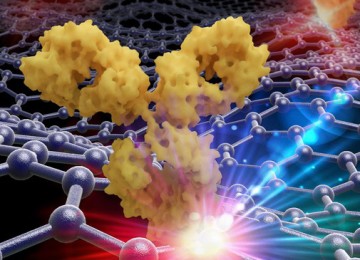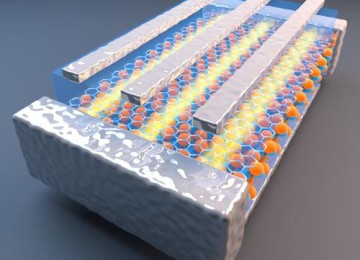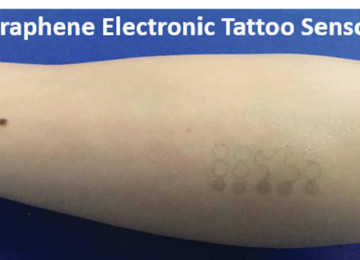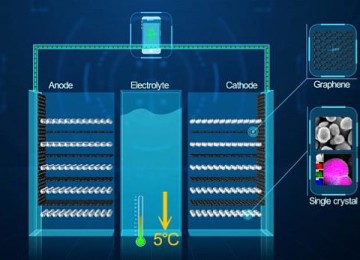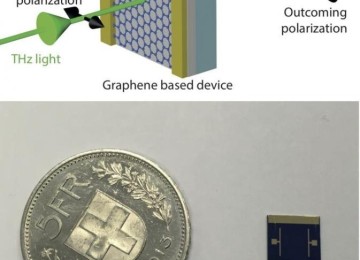Graphene elastomer exceeds sensitivity of human skin
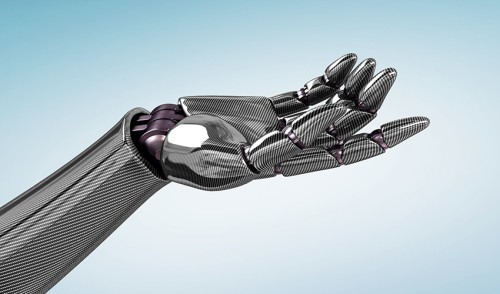
Graphene elastomer can use to make highly sensitive robot or prosthetic hands
Researchers from the Monash University have discovered a new sponge-like material called graphene elastomer. This revolutionary material could have diverse and valuable real-life applications, the applications for this type of technology are limitless. Not only can it lead to developing better, softer robots which can, for example, aid in healthcare or take care of the elders, but it can create a new generation of skin prosthetics. Right now, despite the great advancement in prosthetics provided by 3D printing, skin prosthetics still remain a challenge due to their lack of sensitivity but by Graphene elastomer technology can highly sensitive prosthetic hands.
The graphene-based cellular elastomer, or G-elastomer, is highly sensitive to pressure and vibrations. Unlike other viscoelastic substances such as polyurethane foam or rubber, G-elastomer bounces back extremely quickly under pressure, despite its exceptionally soft nature. This unique, dynamic response has never been found in existing soft materials, and has excited and intrigued researchers Professor Dan Li and Dr Ling Qiu from the Monash Centre for Atomically Thin Materials (MCATM). According to Dr Qiu, “This graphene elastomer is a flexible, ultra-light material which can detect pressures and vibrations across a broad bandwidth of frequencies.
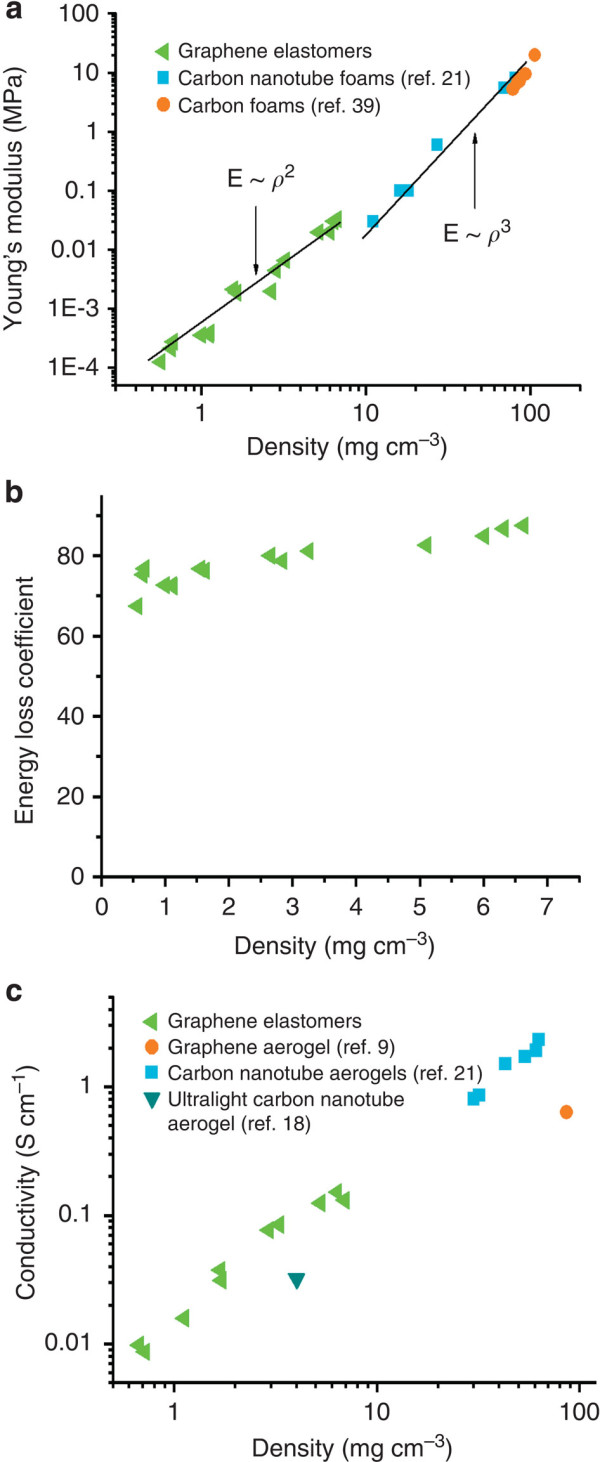
Graphene elastomer physical properties
It far exceeds the response range of our skin, and it also has a very fast response time, much faster than conventional polymer elastomer.
“Although we often take it for granted, the pressure sensors in our skin allow us to do things like hold a cup without dropping it, crushing it, or spilling the contents. The sensitivity and response time of G-elastomer could allow a prosthetic hand or a robot to be even more dexterous than a human while the flexibility could allow us to create next generation flexible electronic devices,” he said.
Professor Li, a director of MCATM, said, “Although we are still in the early stages of discovering graphene’s potential, this research is an excellent breakthrough. What we do know is that graphene could have a huge impact on Australia’s economy, both from a resources and innovation perspective, and we’re aiming to be at the forefront of that research and development.” Dr Qiu’s research has been published in the latest edition of the prestigious journal Advanced Materials and is protected by a suite of patents.










